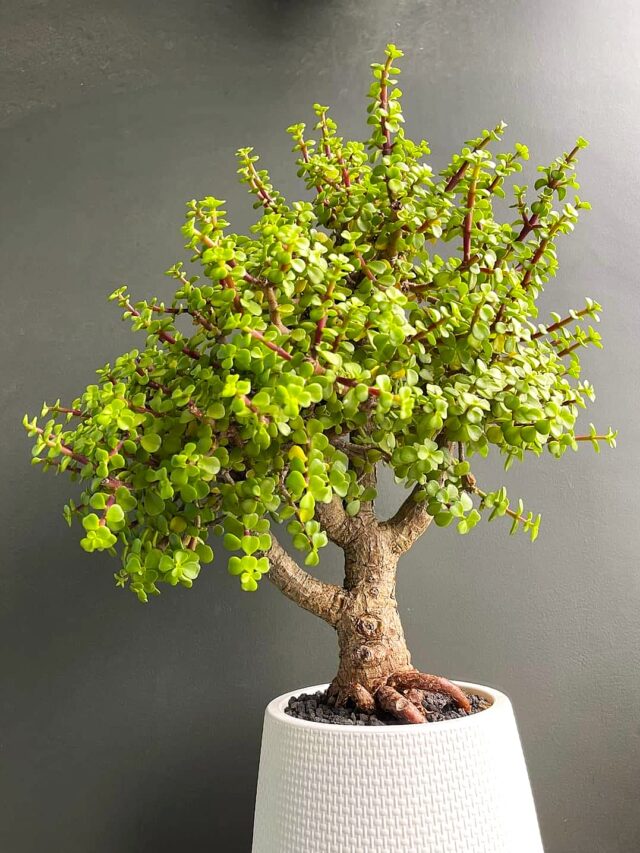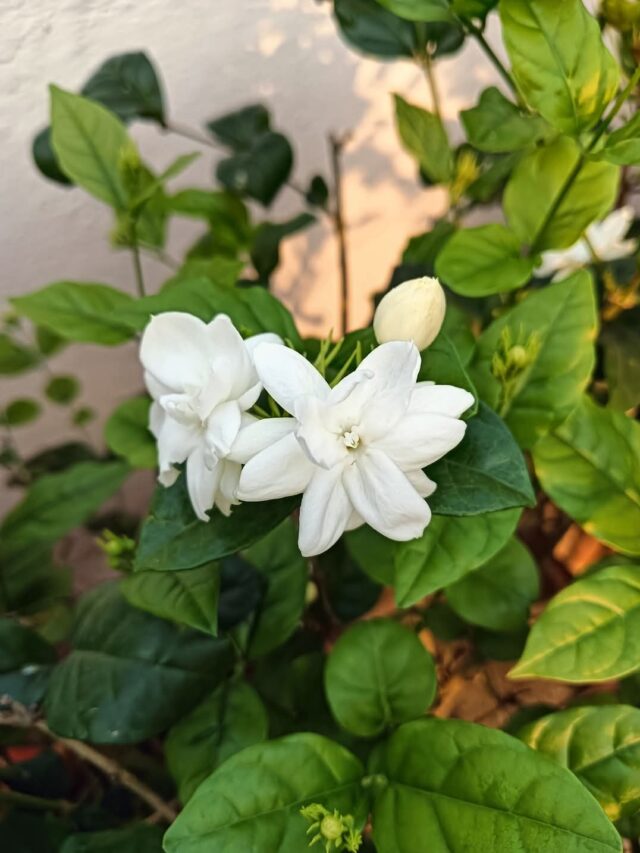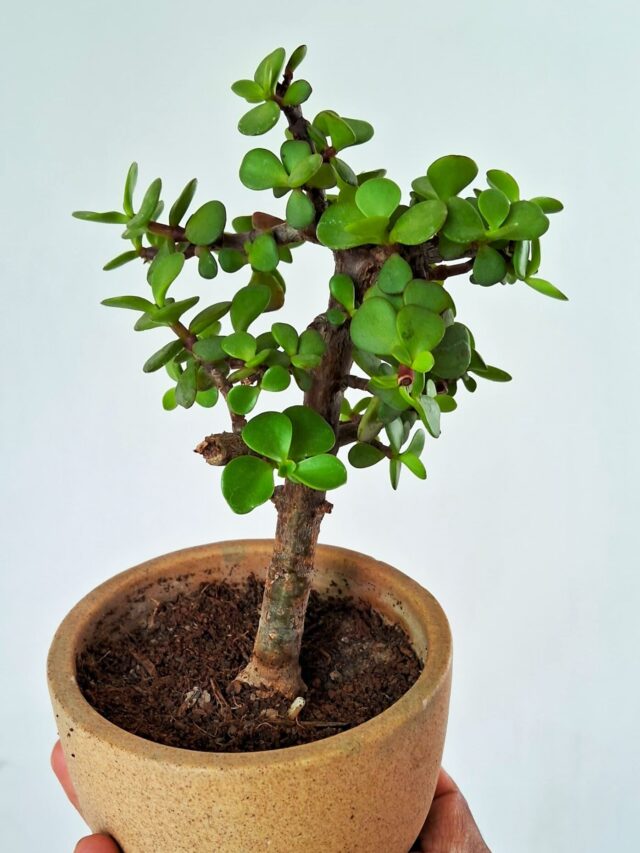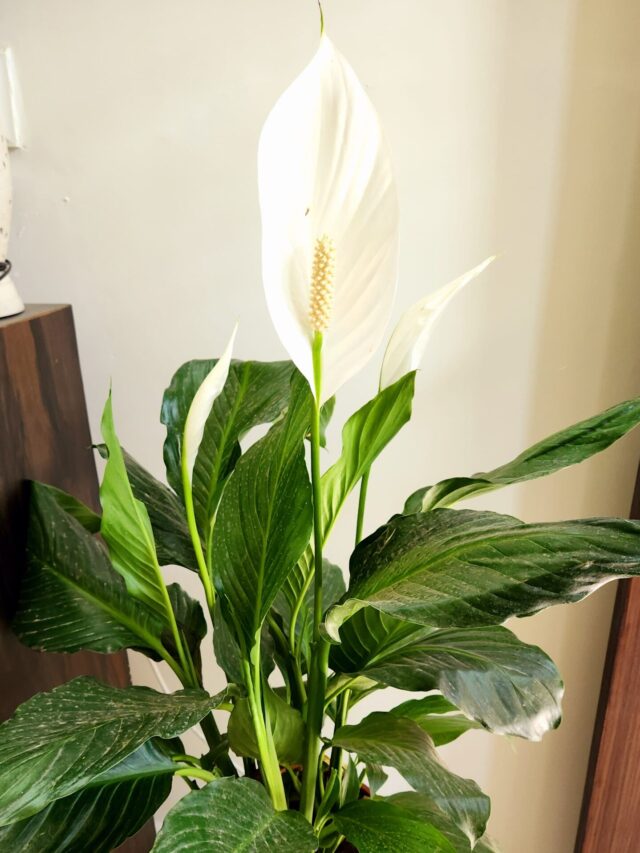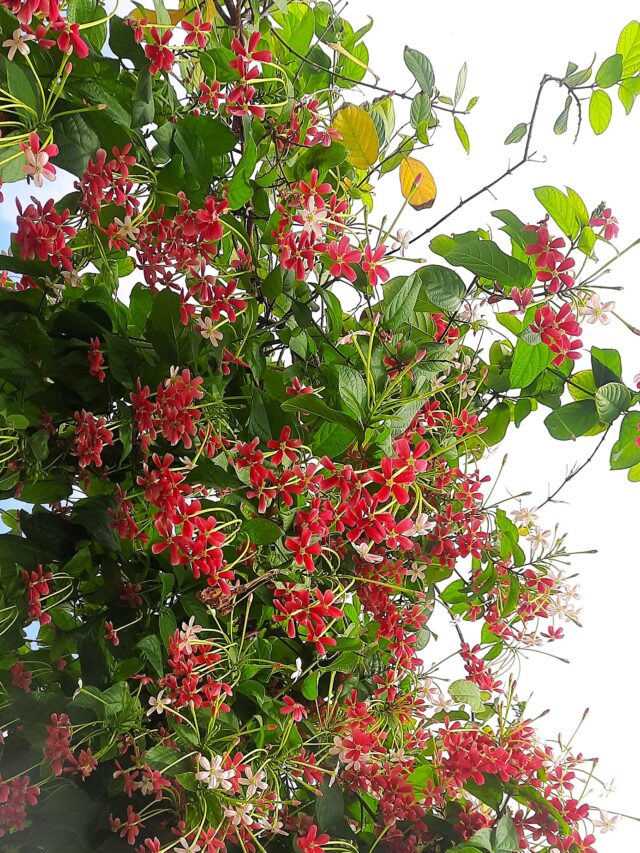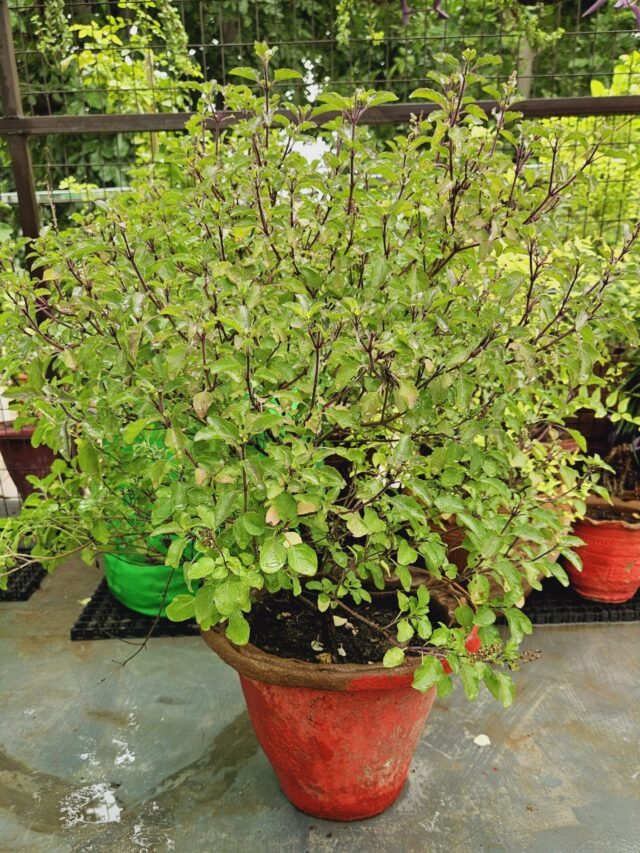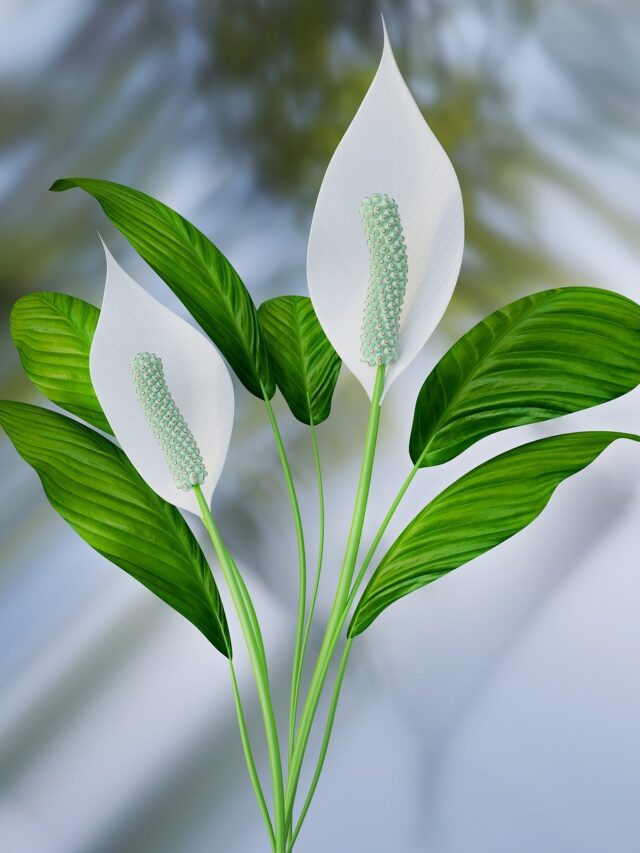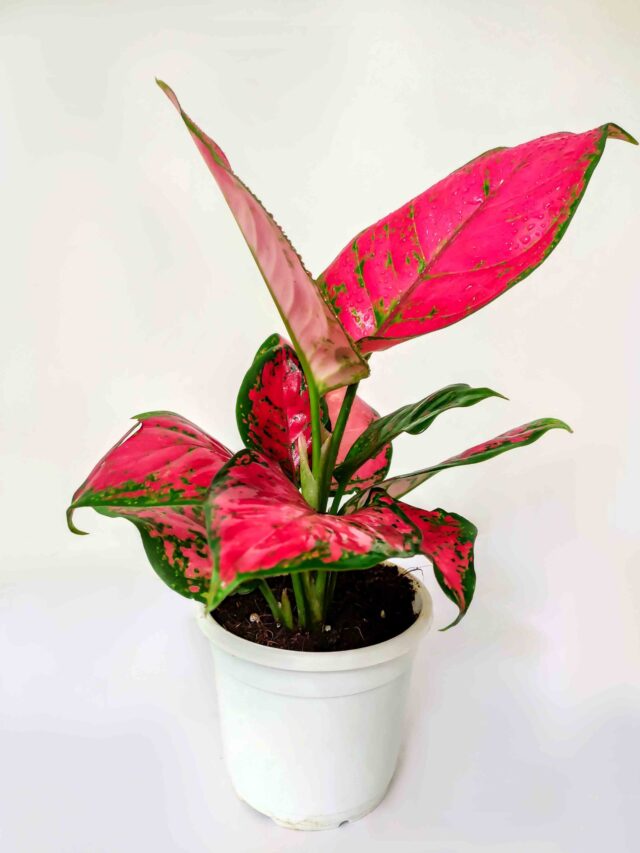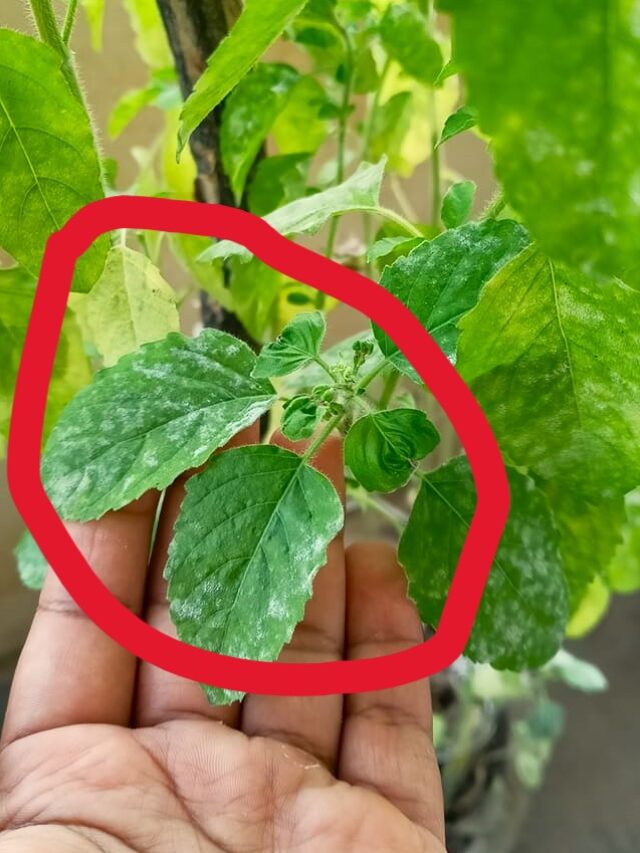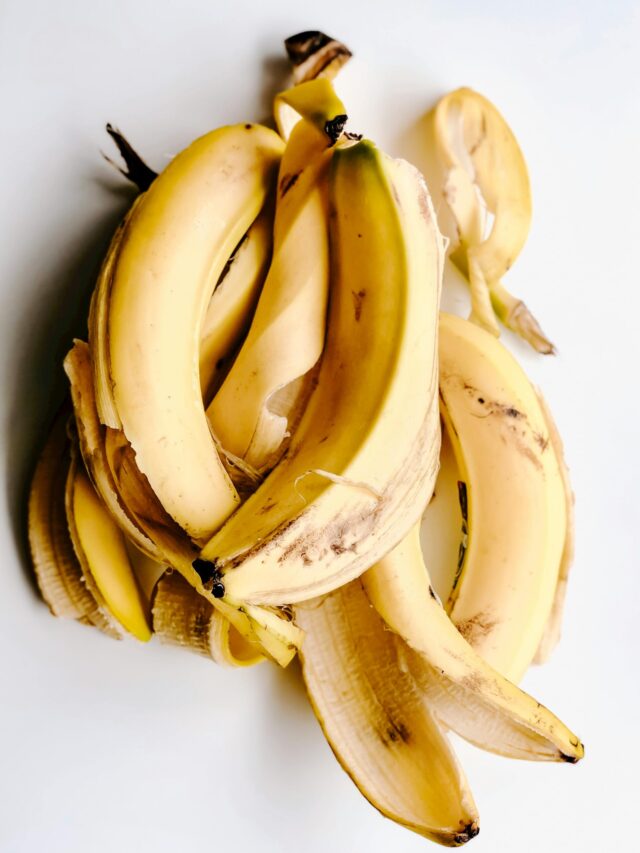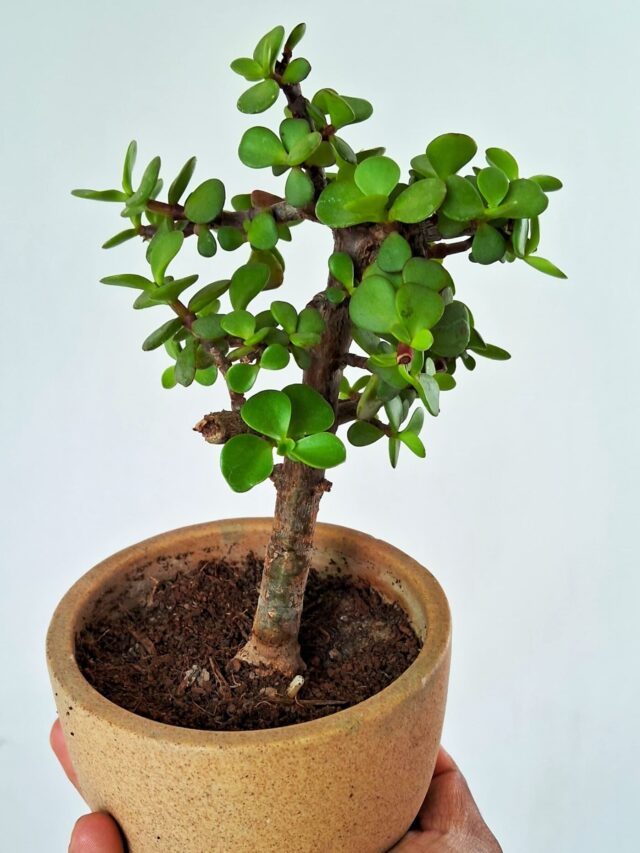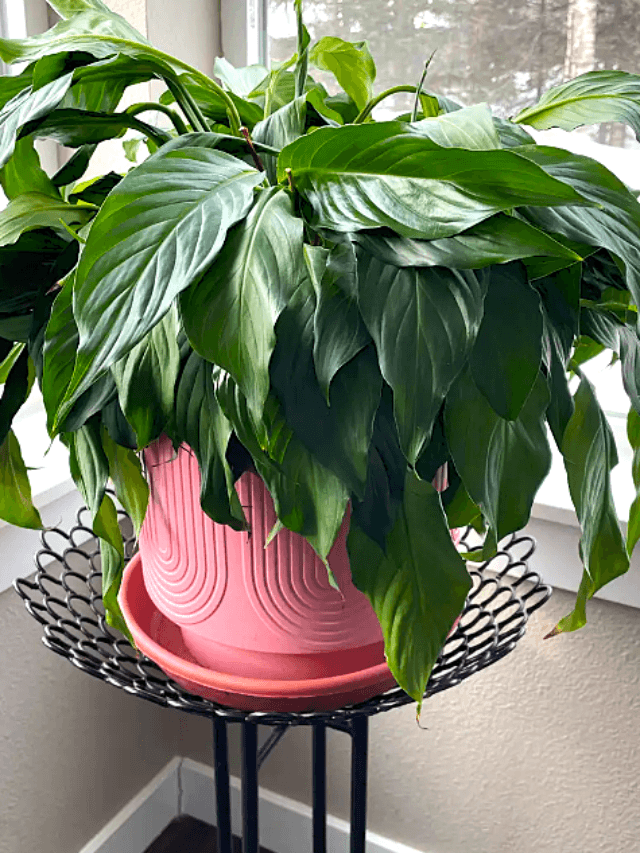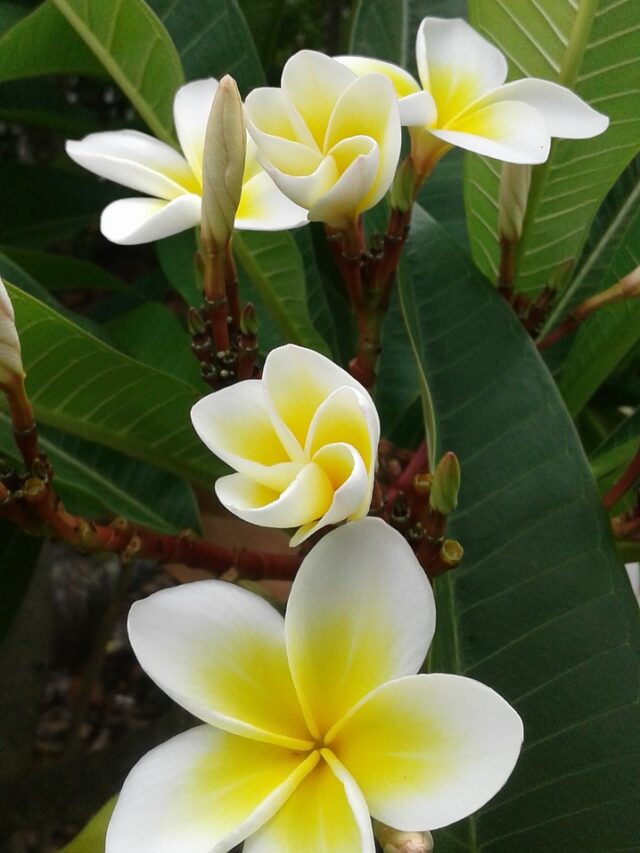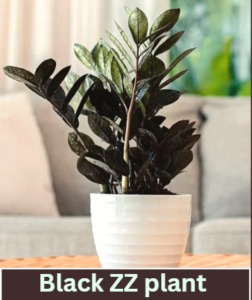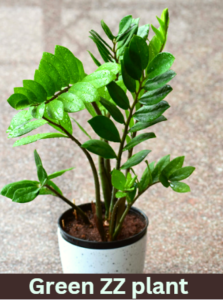How to Make Leaf Compost at Home
Oh! So, you are worried about garden waste such as fallen leaves cluttering your garden? Are you wondering, “What can I do with all these leaves—should I throw them away or burn them?” We get it; dried leaves scattered across your garden can make it look messy. But here’s the secret: there’s no such thing as waste in the garden!

Did you know these leaves can be one of the most beneficial things for your garden?
Instead of throwing or burning them, which harms the environment, you can turn them into leaf compost, a nutrient-rich treasure for your plants and soil. Leaf compost not only improves soil health but also enhances your plants’ growth naturally.
Introduction of Leaf Compost
Leaf compost is a nutrient-rich organic material derived from decomposed leaves. It’s one of the easiest and most natural ways to recycle garden waste (leaves) into a valuable organic compost for our plants.

Essentially, leaf composting transforms fallen leaves into a crumbly, dark material that resembles soil, packed with nutrients to enrich your garden.
What is Leaf Compost?
Leaf compost is created when leaves break down through natural decomposition.
Through the natural process of breakdown by microorganisms, leaves are transformed into a dark, crumbly, soil-like substance. It’s packed with nutrients like potassium, phosphorus, and trace minerals that plants love.
The beauty of leaf compost is its simplicity. It doesn’t require fancy equipment or special skills—just patience and a little effort. Plus, it’s entirely free, making it one of the most cost-effective ways to improve your garden’s soil.
So instead of disposing of leaves, why not transform them into something your garden will thank you for?
How to Make Leaf Compost at Home
If you’ve been wondering how to get started with leaf composting, don’t worry—it’s easier than you think! All it takes is a little organization, some time, and an understanding of the process. Here’s a simple step-by-step guide.
1. Collect the Leaves
Start by gathering the fallen leaves in your garden.
- You can use a rake, a blower, or even your hands if you have a small area.
- Make sure to remove any debris like rocks, plastic, or sticks.
- Also, avoid leaves treated with pesticides, as they can hinder the composting process.
2. Use any bucket or container and Make holes
You can use a large container, bucket, durable poly bag, or any type of bag that suits your needs.
- For leaf compost opt for a larger, deeper container based on the amount of waste you plan to compost. You can choose a clay pot or a plastic container (such as a bucket).
Make holes
- Ensure there are enough holes around the container for air circulation.
- Oxygen is vital for the decomposition process, as it supports the activity of beneficial microorganisms that break down organic material.
3. Shred the Leaves
Shredding the leaves into smaller pieces helps them break down faster.
- You can do this by running over them with a lawnmower or using a garden shredder.
- If you don’t have these tools, you can still compost whole leaves—it will just take a little longer.
4. Make a Layer
Once you’ve collected the leaves, it’s time to layer them properly. Layering is essential for an efficient composting process. Here’s how to do it:
1. Add a Base Layer:
Begin by adding a layer of garden soil or compost at the bottom of the container. You can use ready-made compost like vermicompost or even kitchen waste compost for this purpose.
2. Add the Leaves: Place a layer of garden leaves over the soil or compost.
This balance is essential for microbial activity, which drives the decomposition process.
3. Moisture Matters: Sprinkle some water on the leaves to maintain the right moisture level. The pile should be damp but not soaking wet.
Maintain Moisture
- If it’s too dry, decomposition slows down; if it’s too wet, it can become smelly and compacted.
5. Cover the Container
Ensure that the container, bucket, or bag is properly covered to retain moisture and heat, which speeds up the composting process.
- You can use a lid, cloth, or plastic sheet to cover it securely.
- However, do not seal it completely—proper ventilation is crucial for decomposition.
6. Maintenance and Aeration
To keep the composting process active and effective, regular maintenance is necessary:
(i) Check Every 15 Days: Open the container once every two weeks to check the moisture levels. Add water if the compost feels dry.
(ii) Turn the Compost: Aerate the pile by using a pitchfork, shovel, or any long tool to turn the contents. This helps oxygen circulate, prevents odors, and accelerates the breakdown process.
Wait and Watch
With the right balance of materials, moisture, and aeration, you’ll have rich, dark, and crumbly leaf compost in a few months. If you’re using a cold composting method, it might take a bit longer—but patience pays off in the end.
Why is Leaf Compost Beneficial for Your Garden?
Leaf compost is a gardener’s best friend. It improves the health of your soil, saves money, and benefits the environment. Let’s dig a little deeper into its benefits.
1. Enriches Soil Nutrients
Packed with nutrients like potassium and magnesium, leaf compost naturally feeds your soil, promoting healthier plant growth.
2. Improves Soil Structure
It enhances soil texture by improving moisture retention, drainage, and preventing compaction, making it easier for roots to thrive.
3. Boosts Microbial Activity
Leaf compost supports beneficial microbes and earthworms, creating a fertile, thriving soil ecosystem.
4. Reduces Garden Waste
Instead of throwing away leaves, composting transforms them into a valuable resource, cutting down landfill contributions.
5. Saves Money
Leaf compost eliminates the need for expensive fertilizers or soil conditioners, offering a cost-free, sustainable alternative.
6. Eco-Friendly
Composting leaves reduces pollution, minimizes garden waste, and limits reliance on harmful synthetic fertilizers.
Where Can You Use Leaf Compost?
(i) Vegetable Gardens: Mix leaf compost with garden soil to provide essential nutrients for your veggies.
(ii) Flower Beds: Use it as mulch to keep flower beds weed-free and retain moisture.
(iii) Lawns: Spread a thin layer of leaf compost over your lawn to enrich the soil and promote healthy grass growth.
Also, read: How to make Kitchen Waste Compost at Home
Follow our Social media channel:
1. Voice of Plant – YouTube Channel
2. Voice of Plant Facebook Page
3. Instagram Voice of Plant Channel
Happy Gardening!

